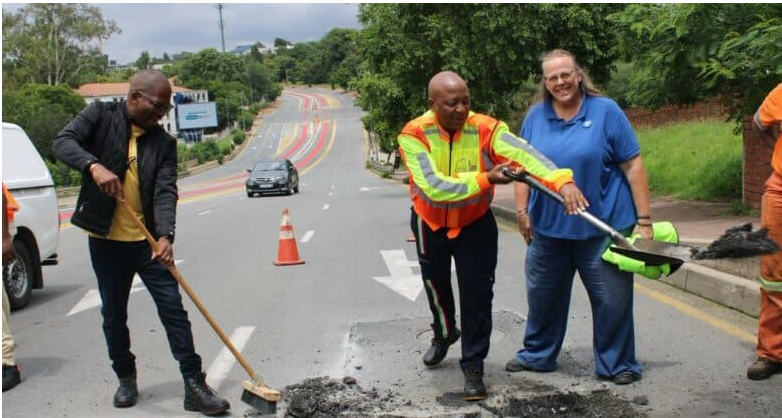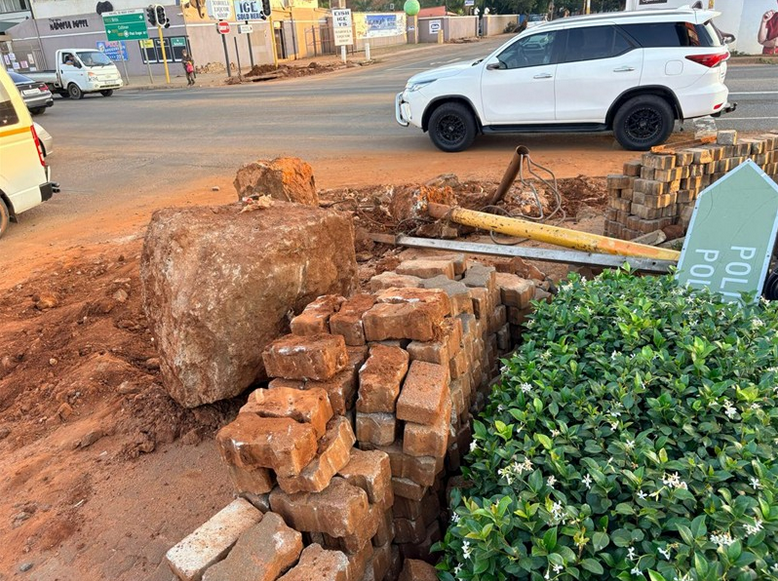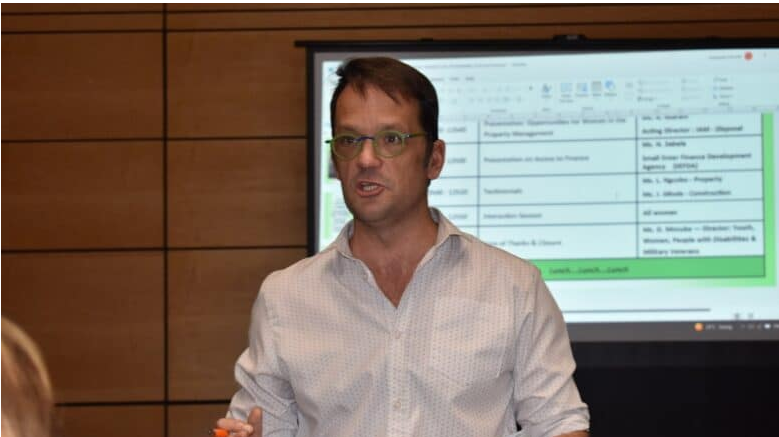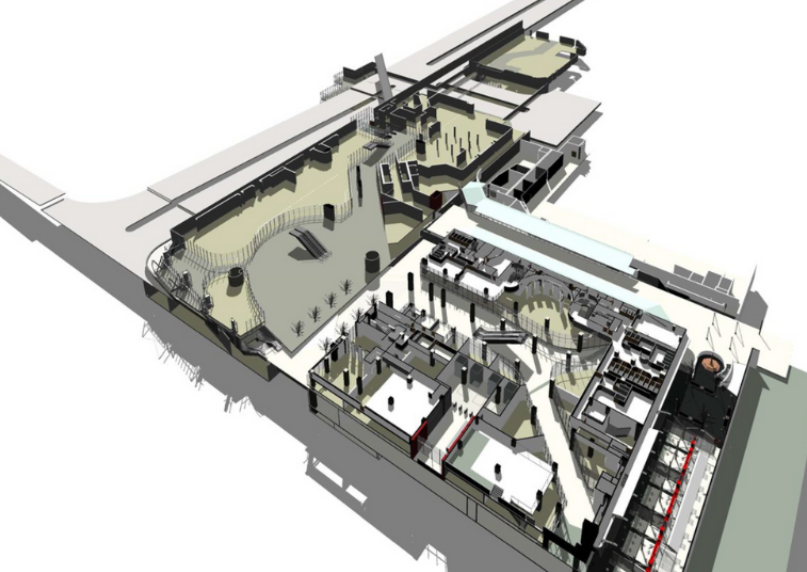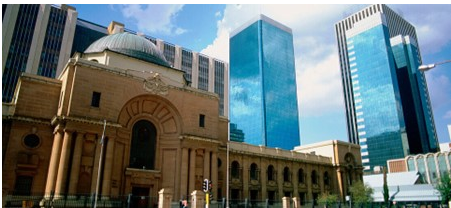South Africa’s insane year for solar
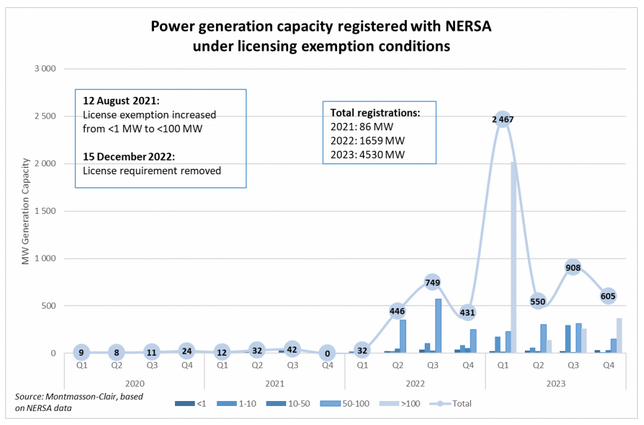
Advertising
28-02-2024
Read : 809 times
Business Tech
Source
New data compiled by Trade and Industrial Policy Strategies (TIPS) senior economist Gaylor Montmasson-Clair shows that South African households tripled their spend on solar imports in 2023 – with around 5,000MW worth of solar panels brought into the country.
The economist said that the total value of imports hit R17.5 billion in 2023, triple the R5.6 billion spent in 2022. In dollar terms, South Africa’s solar imports fell just under $1 billion.
The bulk of the imports came from China.
The data shows that South Africa experienced a massive peak in the second quarter of the year, which was when warnings were coming in ahead of winter that the country would likely hit stage 8 load shedding and beyond.
It was also the quarter where the rooftop solar tax break also came into effect.
While South Africa never hit beyond stage 6 load shedding on a national basis – and the solar tax break will end in a couple of days – South Africa’s household energy use has seen a massive shift thanks to the rollout of solar.
According to analysts, solar expansion has led to a drop in utility demand of around 2,200MW, and a likely permanent loss of demand of around 1,500MW.
Energy regulator Nersa recently announced its latest registration figures for the final quarter of 2023, where it said it registered 124 new solar projects, equating to 605MW and almost R8 billion in investment.
Montmasson-Clair tracked the registered projects with Nersa during the course of 2023, which totalled 4,530MW in total – triple the registered capacity in 2022.
While this is enough solar capacity to match some of the larger power stations, this does come with the caveat that solar power isn’t always available, and the total capacity isn’t necessary the final throughput.
This also echoes the major problem raised by Nersa around solar – in that not nearly enough investment is being placed into accompanying battery technology.
Solar driver
A key driver of registered projects was the Department of Mineral Resources and Energy being forced to increase the licence exemptions from 1MW to 100MW in August 2021, and eventually removing the licence requirement altogether in December 2022.
DMRE minister Gwede Mantashe infamously stated in 2019 that the private sector was not ready for projects over 10MW as he dragged his feet in opening up the market, before being forced by the prevailing load shedding crisis to do so.
Montmasson-Cliar noted earlier in January that South Africa had 11,500MW of renewable energy capacity installed by the end 2023, of which, 5,200MW was private solar systems of all sizes – double the 2,600MW installed by the end of 2022.
Recent News
Here are recent news articles from the Building and Construction Industry.
Have you signed up for your free copy yet?
